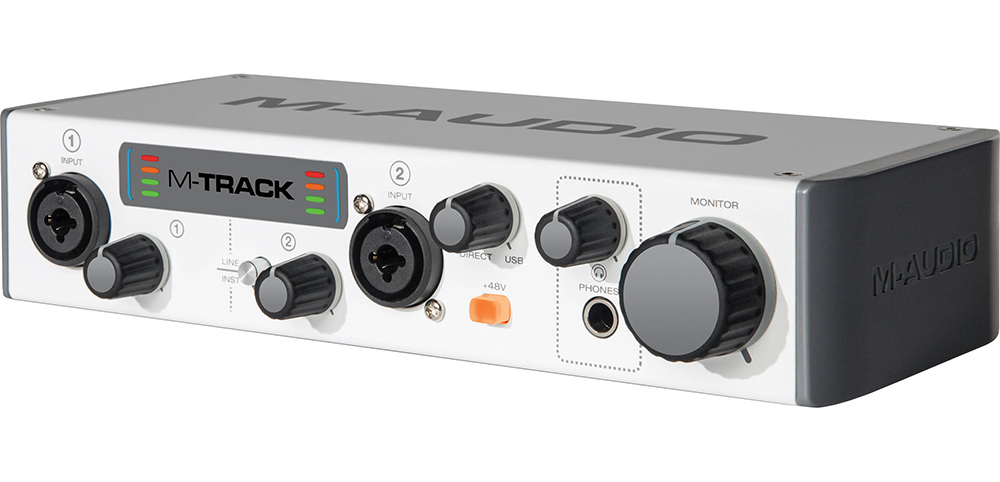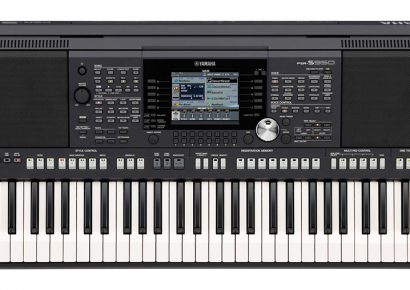The Analogue Archive
There are, of course, two very distinct methods in which a DJ can play music these days. One’s a digital approach, working within the computer software with an external controller, and the other is more in line with traditional DJ methods and still works at mixing a series analogue music streams. This may not mean a completely analogue signal path, for instance, two CD players using digital audio on compact discs. Although the media is digital, it’s still an analogue mixing process that brings these elements together. So, mixing CDs, cassettes and vinyl records requires an analogue signal path at some point, even if the original recording and the ultimate result is a digital process. In this instance, we need to be mindful of our audio signal and how it might get corrupted in both the mixing and amplification process. Unfortunately, most devices used for this purpose feature unbalanced audio outputs, quite often on RCA connectors, which tend to attract noise and interference from other audio and power cables. The worst part of this is that the back of any of these mixers is usually a mess of audio and power cables, creating the perfect environment for unwanted noise to flourish.
Because of this cable conundrum, it’s imperative that we keep our unbalanced cables to as short a length as possible, reducing the possibility of earth hum or interference getting into the signal chain. At the same time, one needs to consider the power cables in this mix and try their hardest to keep them isolated from the audio cables. Keeping this as clean as possible will ensure the good quality audio reaching the computer. It’s at this point that we need to consider AD conversion.
Going Digital
As we get the output of our analogue sources to our computer, we need to consider how to convert it and integrate it with our recording or performance software. Many modern DJ controllers also feature built in audio interfaces. Native instruments’ Traktor series and most Pioneer and Numark DJ controllers allow for external signals to be brought into the mixing software. This makes it very easy to bring those analogue audio sources into the mix and often negates the need for a dedicated analogue DJ mixer. But, if you’re looking to keep your mixing as a largely organic process to then simply record the finished product, the right interface is needed to do the job.
Don‘t get carried away with fancy specifications and large channel counts. There’s no need to be able to record 16 inputs at once when all you need is a pair for the left and right outputs of your DJ mixer. At the same time, fancy microphone preamps and designer valve gain stages are not at all a necessity, and can in fact be a hindrance in getting a good, clean recording. You aren’t looking for a microphone preamp. What’s required for this purpose is a stereo, or dual mono, line level analogue to digital converter. This could be a simple AD device or a more conventional USB or Thunderbolt audio interface. So a Steinberg UR22, an M-Audio M-Track or a Focusrite Scarlett will do the trick as long as you use the 6.5mm connectors to go into the unit at line level and not the XLR as these are usually hardwired to the microphone preamp. It is important that you match the impedance on the audio interface to the output of you mixer, so as to not overcook the signal. When you choose a completely digital mixing process, this task is dramatically simplified, until your drivers fail or your computer need updating or any other number of issues arises. You still need to consider the audio output and think about how you want to hear to sounds generated within your software that make up you DJ mixes. It all comes down to good quality DA conversion and at this stage, it’s always best to use a device that offers balanced outputs so as to eliminate any noise that the computers power supply might create. You want your music to sound its best, so give it the best chance to do just that.

